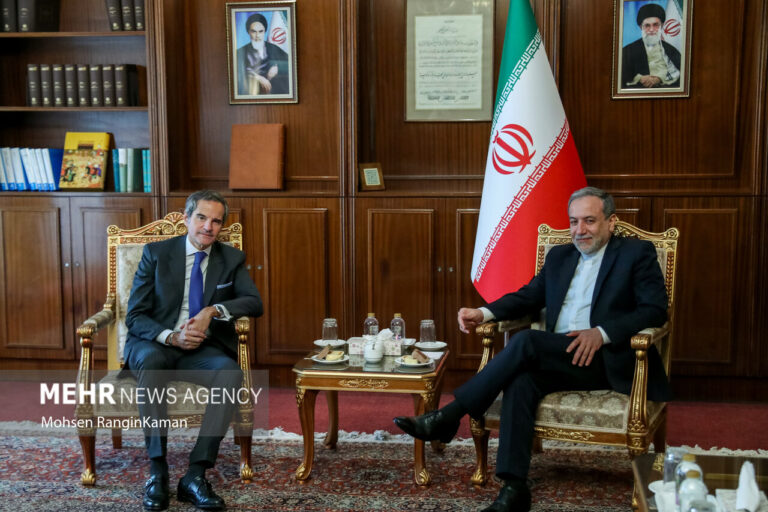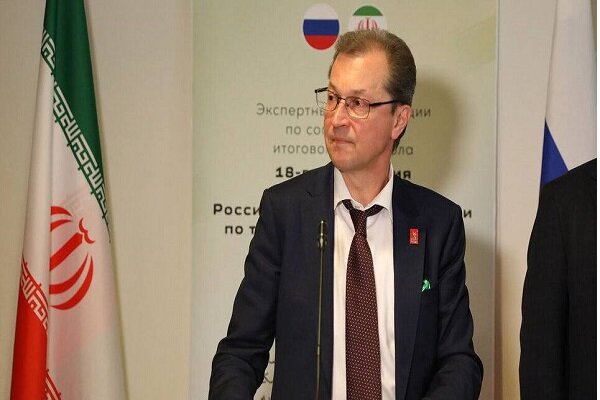Iran’s Inflation Rate Surges 0.7% to 33.2% in April, Reports SCI
The latest figures from the Statistical Center of Iran (SCI) reveal a significant rise in the consumer price index, reaching 328.1 as of April 20. This represents a notable increase of 33.2% compared to the same period last year. Understanding these shifts in the consumer price index is crucial for grasping the current economic landscape in Iran.
According to the SCI, Iran’s headline inflation rate saw a monthly increase of 0.7% in April, alongside a substantial rise of 3.9% compared to March. The inflationary trends are critical for both consumers and policymakers, as they provide insights into the economic challenges the nation faces.
The data indicates specific areas of inflationary pressure:
- Food, Beverages, and Tobacco: Prices in this category spiked by 4.2% over the month of April.
- Non-Food Products and Services: This segment saw an inflation increase of 3.8% during the same period.
When measuring inflation on a point-to-point basis—comparing the same months across consecutive years—the rate stood at 38.9% in April. This is an increase of 1.8% from March, underscoring the persistent inflationary trends affecting Iranian consumers.
Iran’s struggle with inflation has been a long-standing issue, particularly since 2020. The economic fallout from the coronavirus pandemic, combined with intensified sanctions imposed by the United States, has exacerbated these inflationary pressures. In fact, Iran’s annual inflation rate soared to nearly 49.1% in May 2023, approaching levels not seen in nearly three decades.
Experts attribute the recent rise in inflation largely to significant increases in hard currency prices, a situation that intensified after former US President Donald Trump initiated a campaign of maximum pressure on Iran in early February. This move had immediate repercussions on the Iranian economy, contributing to the inflationary spiral that many citizens are currently experiencing.
Interestingly, there have been signs of relief in currency prices since early April, coinciding with the commencement of indirect negotiations between Iran and the US regarding Tehran’s nuclear program. This development has led to some stabilization in the economy, though challenges remain.
Here are some key takeaways regarding Iran’s inflation situation:
- Current Consumer Price Index: As of April 20, it stands at 328.1.
- Yearly Inflation Rate: Showed a 33.2% increase compared to the previous year.
- Monthly Inflation Increase: Recorded at 0.7% from March to April.
- Food and Non-Food Inflation: Food prices surged by 4.2%, while non-food products rose by 3.8%.
- Annual Inflation in May 2023: Reached nearly 49.1%, nearing historic highs.
The ongoing economic situation in Iran highlights the complex interplay between international relations and domestic economic conditions. As the government continues to navigate these challenges, the impact on ordinary citizens remains significant. Understanding these economic indicators is essential for anyone looking to grasp the broader implications for Iran’s future.
In conclusion, the rise in Iran’s consumer price index and the persistent inflation rates reflect the ongoing economic challenges faced by the country. With a combination of international pressures and local economic factors, the outlook remains uncertain, necessitating close monitoring of these economic trends moving forward.
As the situation evolves, it will be crucial for both policymakers and citizens to stay informed about changes in the consumer price index and inflation rates. This knowledge is vital for making informed decisions in a fluctuating economic landscape.
For more updates on Iran’s economic situation and related topics, stay connected with credible news sources.






